Swimming pools and beaches are great places to cool off in the summer. However, while enjoying the refreshment and fun, have you ever experienced a sensation of blocked ears, muffled sounds, as if you were hearing from underwater? Most likely, your ears have gotten water in them. Having water in the ears can not only be uncomfortable but also lead to swimmer’s ear if not handled properly. This article will provide some practical advice to help you protect your ears while enjoying the summer.
Home Care For Water in Ears
Steps You Can Take
Water trapped in the ear canal usually disappears on its own without any treatment. However, if you feel discomfort or it takes a long time to return to normal, you can try the following steps to safely remove the water from the ear canal:
- Gently dry the outer ear with a soft towel or cloth, but do not insert the cloth into the ear canal.
- Tilt your head to one side while gently pulling the earlobe to straighten the ear canal, making it easier for the water to flow out.
- The heat from a hairdryer can help evaporate the moisture in the ear canal. Set the hairdryer to the lowest setting and hold it at least one foot (about 30 centimeters) away from your ear, moving it back and forth to blow warm air into the ear canal.
If you engage in water activities frequently, you can carry a portable electric ear drying device with you. This compact device provides controlled airflow and temperature to remove moisture from the ear canal. It is convenient to store and carry.
If the above methods fail to remove the water, you can also try over-the-counter ear drying drops.
Mistakes to Avoid
- Avoid using cotton swabs. Cotton swabs can compact earwax and dirt in the ear canal, disrupting the natural bacteria and potentially irritating the delicate skin of the ear canal.
- Do not insert your fingers or nails into your ears, as this can cause scratches to the skin inside the ear canal.
Try Ear Drying Drops
Ear drying drops can be purchased over the counter or made at home.
Over-the-Counter Ear Drying Drops
Over-the-counter ear drying drops, also known as Fluid Drying Drops or Swimmer’s Ear Drops, are typically designed to address swimmer’s ear but can also help expedite the drying process of the ear canal.
Over-the-counter ear drying drops usually contain two ingredients: isopropyl alcohol and glycerin. Isopropyl alcohol combines with the water in the ear and their mixture evaporates more easily, thus drying the ear canal.
3,061 Reviews
Isopropyl alcohol 95%; Glycerin 5% | Isopropyl alcohol 95%; Glycerin 5% |
977 Reviews
1 oz x 2 bottles Isopropyl alcohol 95% Glycerin 5% | Alcohol-free formula Tea tree oil 2% Polydimethylsiloxane 98% (Waterproof) |
How to use them: Lie on your side with the affected ear facing upwards. After instilling the ear drops, maintain the side-lying position for at least 2 minutes to allow the medication to take effect in the ear canal.
Please note, ear drying drops should not be used if there are ear tubes or a perforated eardrum. Ear tubes are medical devices that are very small metal or plastic tubes typically used to drain fluid or pus from the ear to reduce the frequency of ear infections. They are also known as “tympanostomy tubes.”
Homemade Ear Drying Drops
The method for making homemade ear drying drops is to mix white vinegar and alcohol in a 1:1 ratio. This mixture helps accelerate drying and prevents the growth of bacteria and fungi. This solution can also be used as a preventive measure by using it before and after swimming to prevent swimmer’s ear.
To use, pour approximately 1 teaspoon (about 5 milliliters) of the solution into each ear. Tilt your head to allow the mixture to naturally drain out of the ear canal.
If symptoms persist or worsen even after using ear drops, it is important to seek medical help. Treatment for swimmer’s ear may require antibiotics, and stronger prescription ear drops may be needed to kill the bacteria or fungi causing the infection and alleviate pain, swelling, and inflammation.
What’s “Swimmer’s Ear”?
Swimmer’s ear, also known as swimmer’s otitis or otitis externa, is an infection of the outer ear canal that extends from the eardrum to the outer head. It is primarily caused by factors such as moisture trapped in the ear, absence of protective earwax, and injury to the ear canal.
Symptoms
Initially, the symptoms of swimmer’s ear are usually mild, but if left untreated, the infection can spread and the symptoms can worsen.
Mild symptoms may include:
- Itching in the ear canal
- Redness inside the ear
- Mild discomfort that increases when pulling on the earlobe
- Clear, odorless fluid draining from the ear
Moderate symptoms may include:
- Intense itching
- Increased pain
- Redness of the ear
- Increased fluid discharge
- Feeling of fullness in the ear with partial blockage due to swelling, fluid buildup, and debris in the ear canal
- Hearing loss or muffled hearing
Severe symptoms may include:
- Severe pain that may radiate to the face, neck, or one side of the head
- Complete blockage of the ear canal
- Redness and swelling of the outer ear
- Enlarged lymph nodes in the neck
- Fever
If symptoms of swimmer’s ear occur, even if they are mild, it is important to seek medical attention promptly. If severe pain or fever develops, it is advisable to seek immediate medical attention at the emergency room.
Risk Factors
Factors that increase the risk of swimmer’s ear go beyond the presence of water in the ear after swimming or water-related activities. They include:
- Wearing headphones, such as during exercise when the body sweats heavily, which can lead to moisture accumulation in the ear canal.
- Prolonged exposure to humid weather conditions, resulting in excessive moisture in the ear canal.
- Exposing the ear canal to contaminated water sources.
- Attempting to clean the ear canal with cotton swabs or fingernails, which can cause scratches or abrasions in the ear canal.
- Ear devices such as noise-canceling earplugs or hearing aids can also cause minor skin damage, making it more susceptible to bacterial infections.
How to Prevent Water in the Ears and Ear Infections
The following practices can help prevent water in the ears and swimmer’s ear:
- Wear earplugs while swimming.
- Avoid prolonged use of headphones during exercise, especially when sweating heavily. Remove the headphones to allow moisture in the ear canal to evaporate.
- Protect the ears from irritants, such as placing cotton balls in the ears when using hair gel or hair dye.
- Keep the ears dry. After swimming or bathing, tilt the head to the side to allow water to drain from the ear canal. Gently dry the outer ear with a soft towel, and use a hairdryer on the lowest setting to dry the outer ear canal.
- If there is no eardrum perforation, homemade ear drops as mentioned earlier can be used before and after swimming to help expedite the drying of the ear canal.
- If there has been a recent ear infection or ear surgery, it is advisable to avoid swimming and water-related activities.
- Avoid scratching or digging in the ears with items like cotton swabs. These items can push earwax deeper into the ear canal, causing irritation or skin abrasions. If earwax buildup is a concern, use specific ear drops designed to remove earwax or consult a doctor for removal.
Disclosure: We are an Amazon Associate. Some links on this website are affiliate links, which means we may earn a commission or receive a referral fee when you sign up or make a purchase through those links.






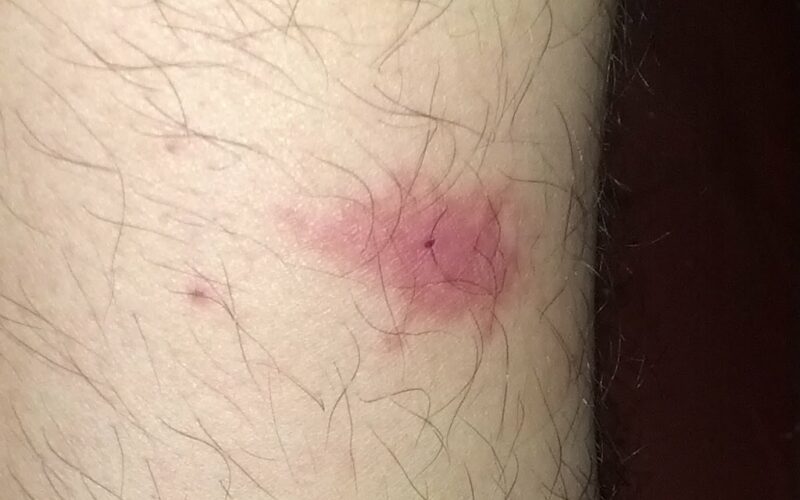
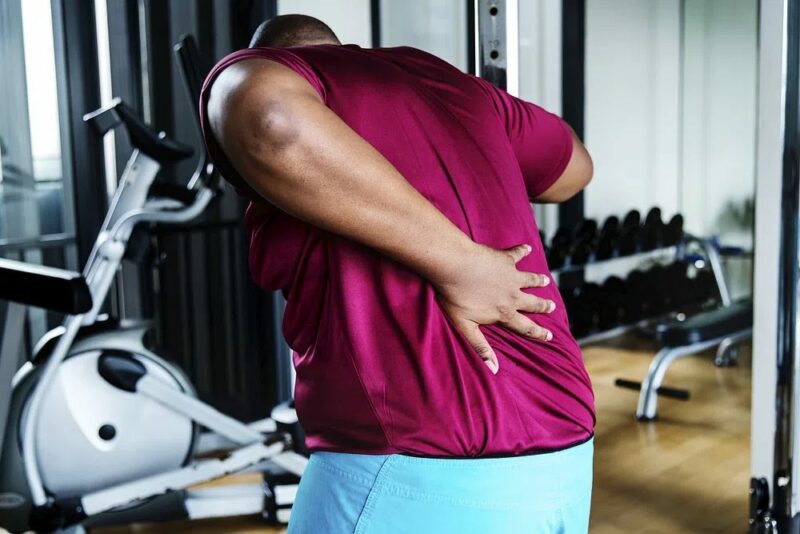
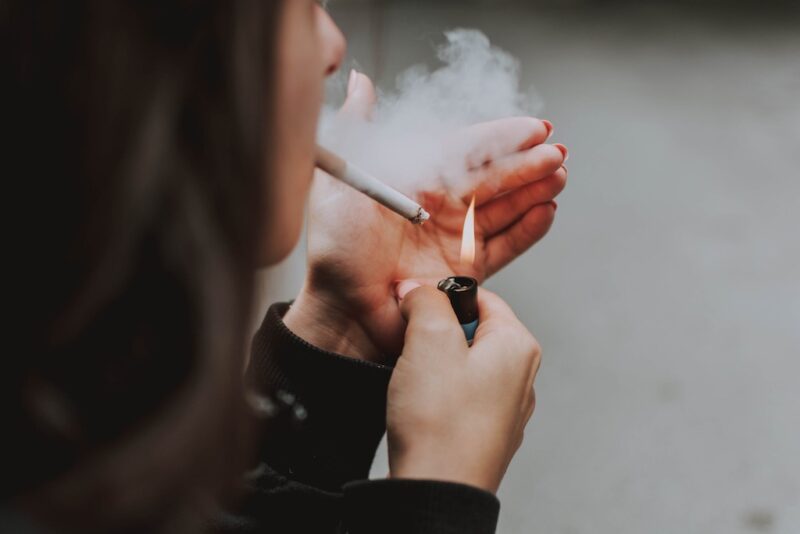


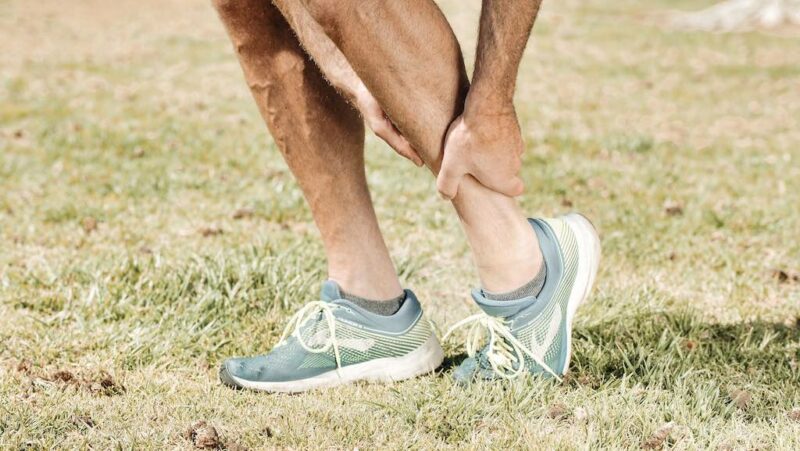



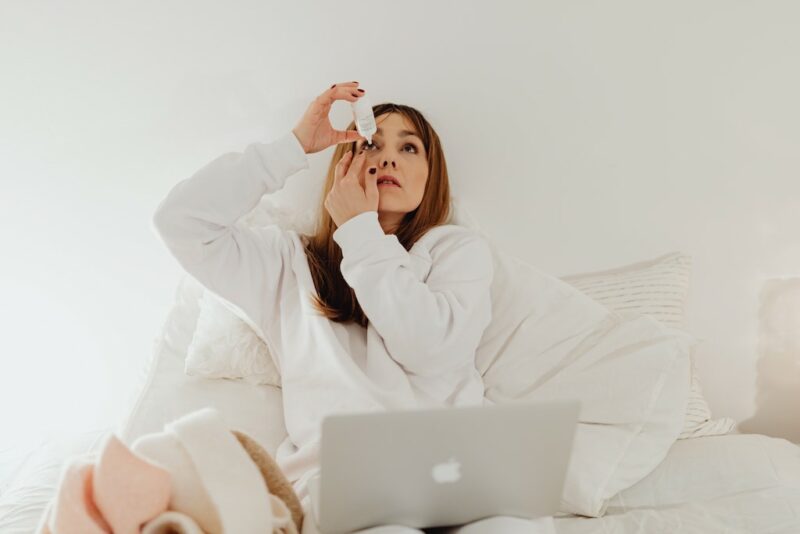
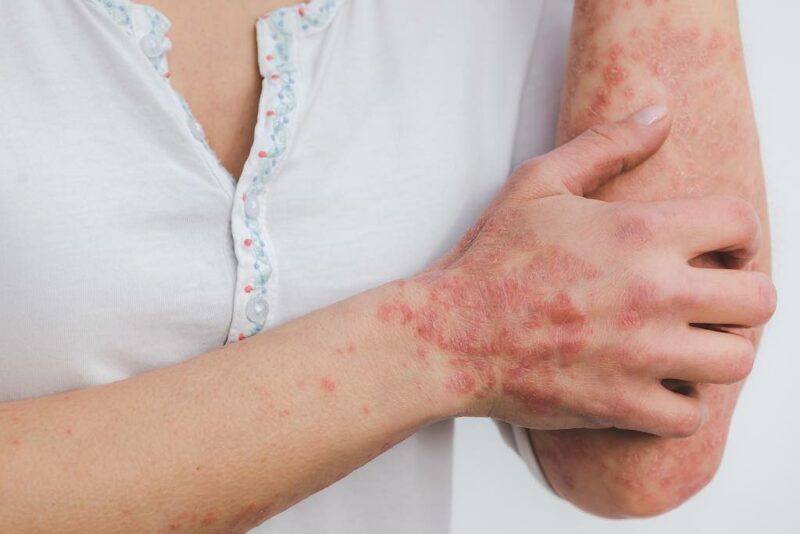

Leave a Reply